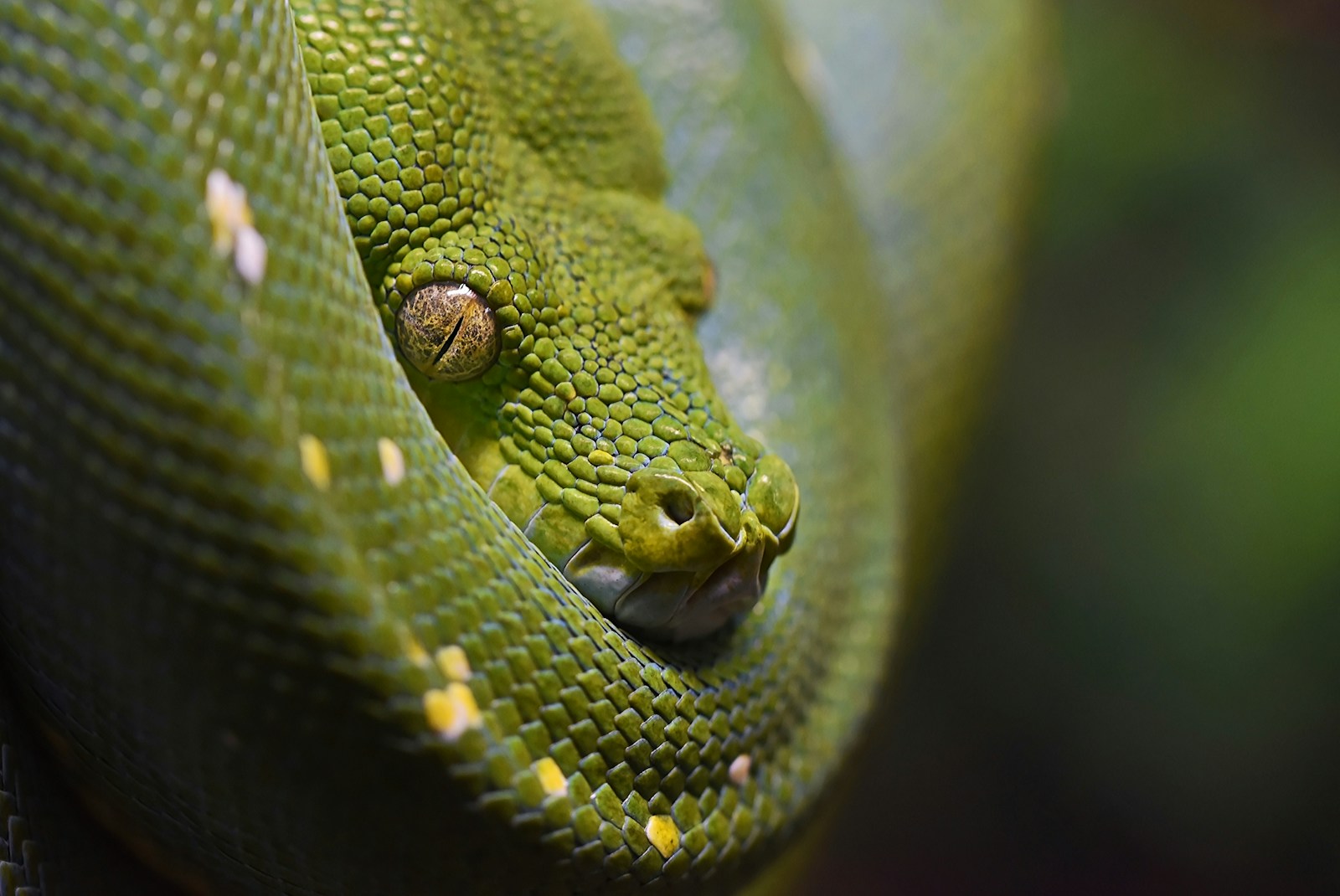Snakes are fascinating reptiles that require proper nutrition to thrive in captivity. Unlike mammals, their symptoms of nutritional deficiencies can be subtle and easily overlooked by even experienced keepers. Identifying these signs early is crucial for preventing long-term health issues and potential fatalities. Whether you’re a first-time snake owner or an experienced herpetologist, understanding the indicators of nutritional problems will help you provide better care for your serpentine companion. This comprehensive guide explores the various signs, causes, and solutions for nutritional deficiencies in snakes, empowering you to take prompt action when necessary.
Understanding Snake Nutritional Requirements

Snakes have evolved specific dietary needs based on their natural habitat and evolutionary history. In the wild, snakes consume whole prey items that provide a complete nutritional profile, including proteins, fats, vitamins, and minerals. Different species have varying requirements; for instance, arboreal species like green tree pythons have different nutritional needs than terrestrial species like corn snakes. A snake’s age also significantly impacts its nutritional requirements, with growing juveniles typically needing more frequent feeding and higher calcium intake than adults. Understanding these baseline requirements is essential for identifying when your snake’s nutrition has fallen below optimal levels.
Physical Appearance Changes
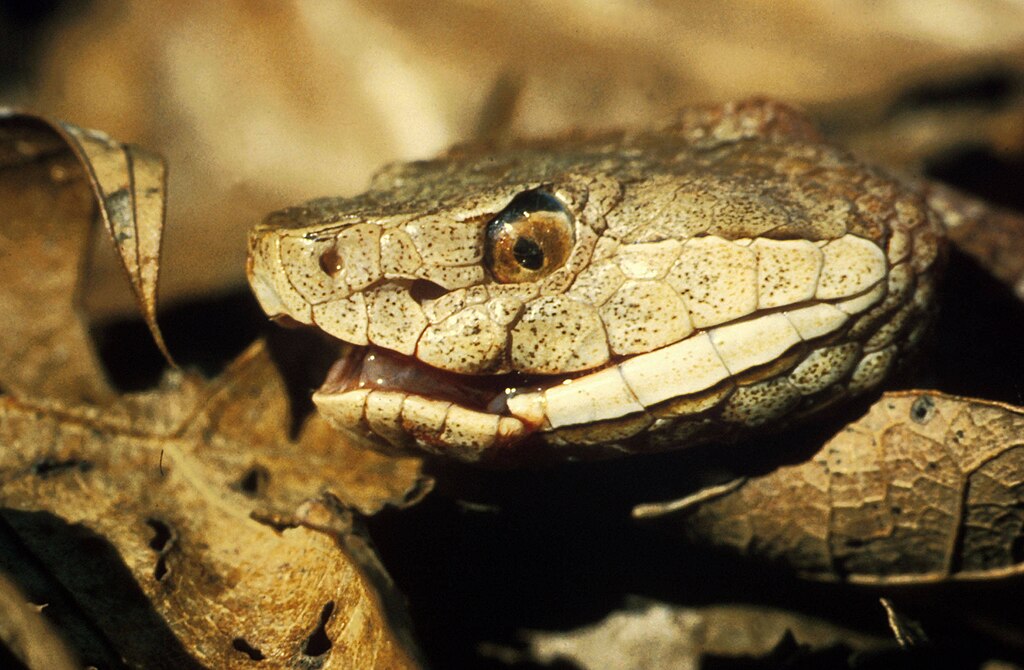
One of the most noticeable signs of nutritional deficiency in snakes is changes in their physical appearance. A healthy snake should have smooth, shiny scales and a well-rounded body shape without visible spine or ribs. When suffering from malnutrition, snakes may develop a triangular body shape when viewed in cross-section, indicating muscle wasting and fat loss. The skin might lose its luster, appearing dull or dry, and may not shed properly during ecdysis (shedding). You might also notice abnormal scale development or discoloration in severe cases, particularly in areas where new growth occurs. These changes typically develop gradually, making regular visual inspections of your snake crucial for early detection.
Abnormal Shedding Patterns
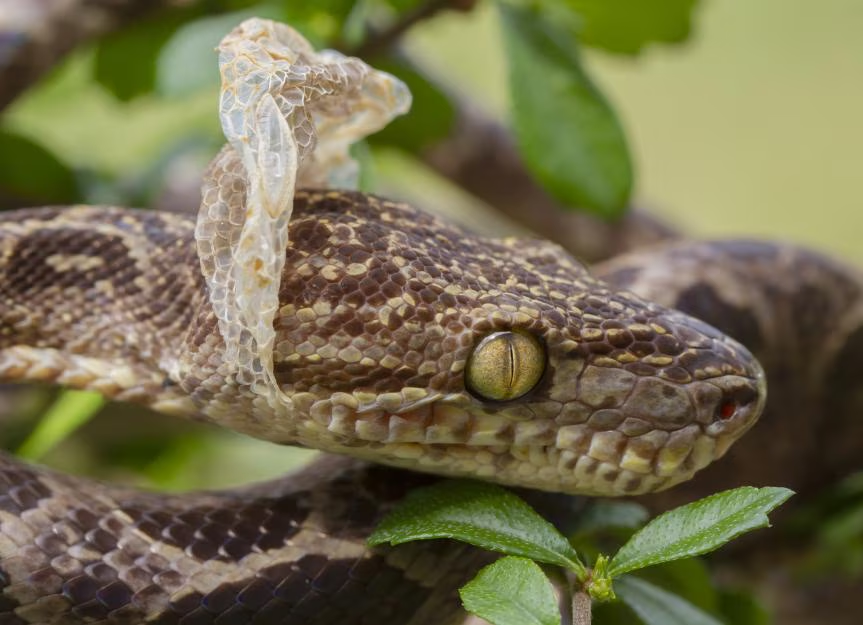
Shedding issues frequently indicate nutritional problems in captive snakes. A healthy snake typically sheds its skin in one complete piece, from nose to tail tip, in a process that should take only a few hours once the actual shedding begins. Snakes with nutritional deficiencies often experience dysecdysis (difficult or abnormal shedding), where the skin comes off in multiple pieces or remains stuck, particularly around the eyes, tail tip, or ventral scales. This condition, commonly called “retained eyecaps” or “spectacle retention” when affecting the eyes, can lead to serious complications if not addressed. Vitamin A deficiency specifically affects the epithelial tissues and can dramatically impact the shedding process, leading to chronic shedding problems even when humidity levels are appropriate.
Bone Deformities and Metabolic Bone Disease
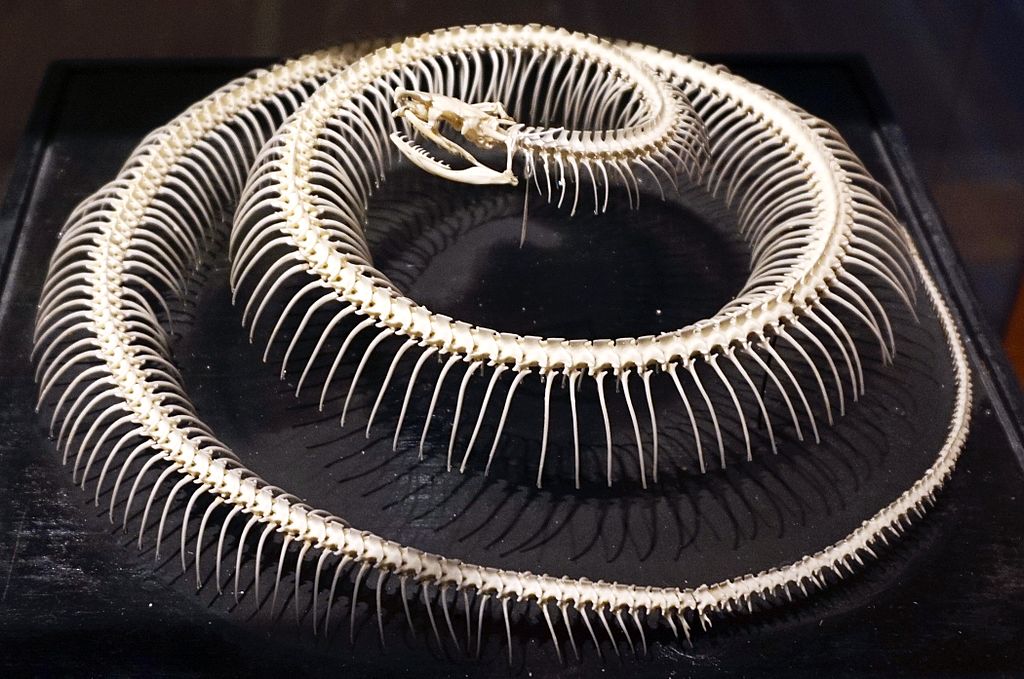
Calcium and vitamin D3 deficiencies can lead to metabolic bone disease (MBD), a serious condition affecting the skeletal structure of reptiles. In snakes, early signs include subtle kinks or bends in the spine, jaw softness, or irregular vertebral alignment that might be noticed while the snake is moving. As the condition progresses, more severe deformities develop, including pronounced spinal kinks, difficulty lifting the head, or abnormal posturing. The snake may exhibit tremors or muscle twitches, particularly when stressed or active. Unlike some reptiles that show dramatic MBD symptoms quickly, snakes often display more gradual progression, making regular handling and observation essential for early detection before permanent damage occurs.
Behavioral Changes and Activity Levels
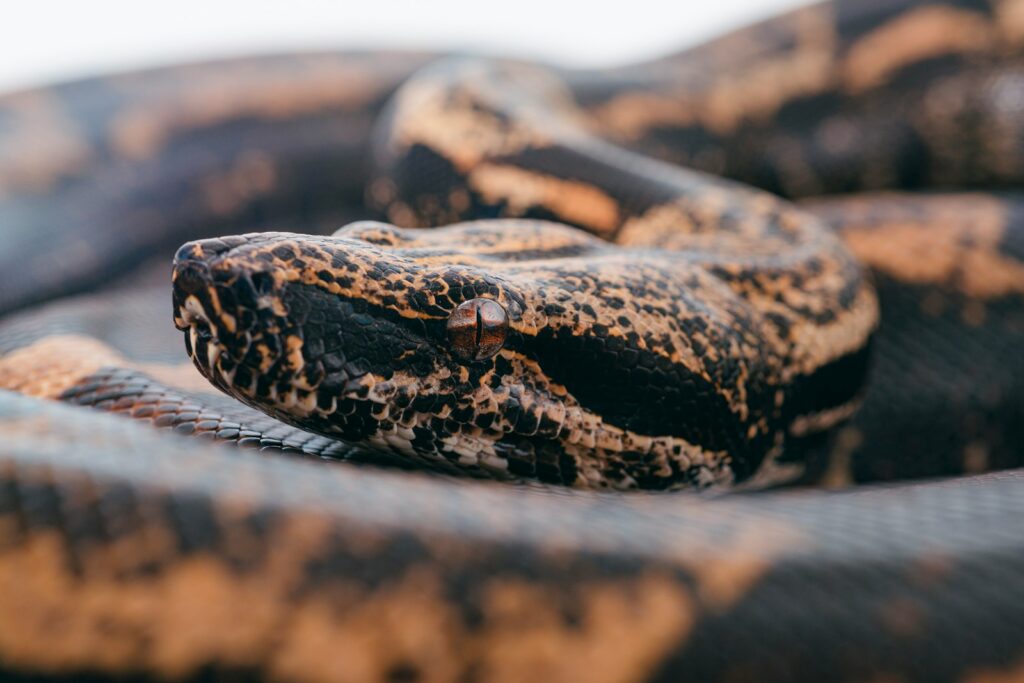
Nutritional deficiencies often manifest through altered behavior patterns before physical symptoms become obvious. A snake suffering from malnutrition might demonstrate unusual lethargy, spending excessive time hiding or showing reduced interest in exploring its enclosure during normal activity periods. Conversely, some snakes become restless or hyperactive, constantly searching for food even shortly after feeding. Abnormal aggression or defensive behaviors might emerge in typically docile species, while normally active species might become uncharacteristically passive. Perhaps most concerning is a change in hunting or feeding response—nutritionally deficient snakes may strike at food but fail to constrict properly or show weakened swallowing ability, indicating neurological or muscular impacts from their poor nutrition.
Reproductive Issues and Infertility

Breeding snakes require optimal nutrition, and deficiencies often manifest as reproductive problems before other symptoms appear. Female snakes with insufficient nutrition may produce infertile eggs, smaller clutch sizes, or eggs with thin or malformed shells. Males might exhibit reduced breeding behaviors or fail to produce viable sperm. In severe cases, nutritionally stressed females may become egg-bound (dystocia), a potentially fatal condition where eggs cannot be passed normally. Even if breeding is successful, nutritionally deficient females may show poor post-laying recovery, demonstrating prolonged weakness or weight loss that doesn’t resolve with normal feeding schedules. These reproductive issues serve as important warning signs for breeders that nutritional adjustments are needed before more serious health problems develop.
Neurological Symptoms
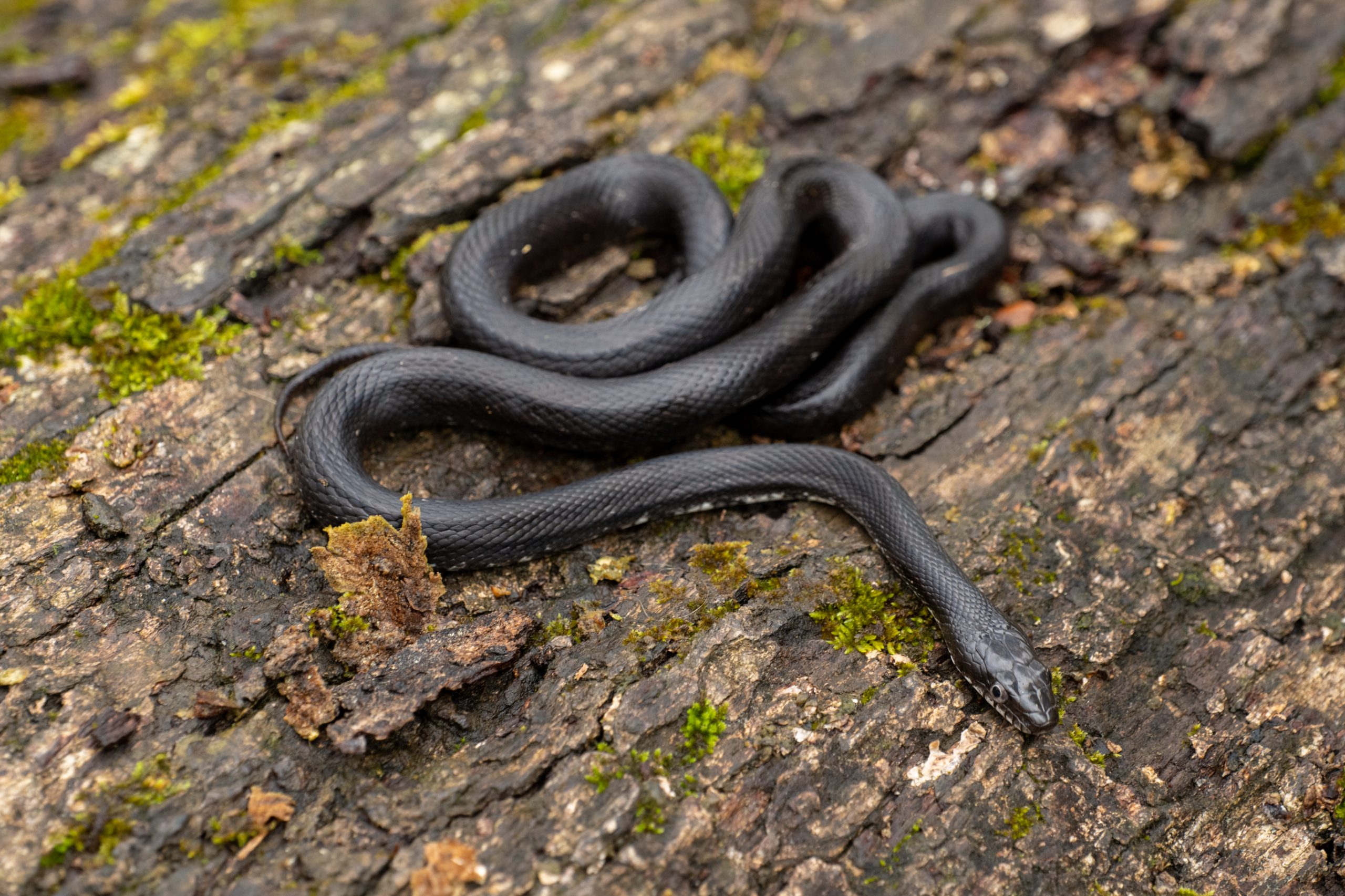
Vitamin B1 (thiamine) deficiency and certain mineral imbalances can cause neurological symptoms in snakes that might be mistaken for other issues, like infections or toxicity. Affected snakes may exhibit disorientation, abnormal head positioning, or difficulty coordinating movements when climbing or striking at prey. In more advanced cases, tremors, seizures, or “stargazing” (where the snake seems unable to control head position and looks upward) might occur. These neurological signs often progress rapidly once visible and require immediate veterinary intervention. The correlation between feeding exclusively certain fish species (which contain thiaminase that breaks down vitamin B1) and neurological symptoms is well-documented in snake species that would naturally consume varied prey in the wild.
Gastrointestinal and Digestive Problems
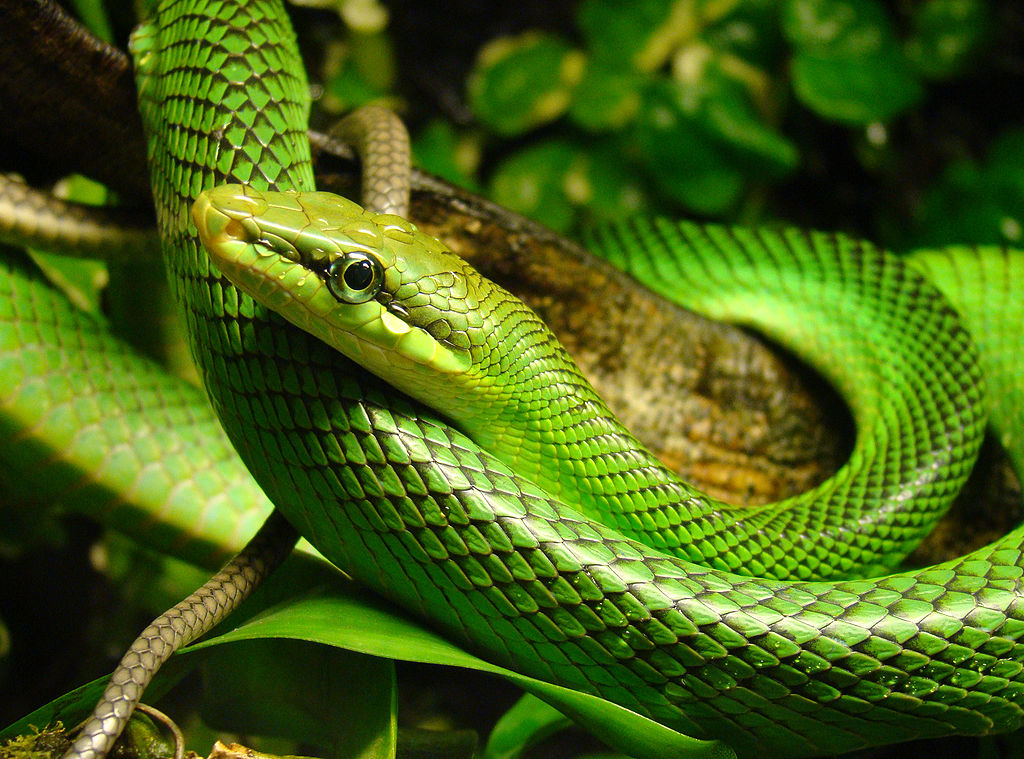
Nutritional deficiencies frequently impact a snake’s digestive system, leading to observable changes in elimination patterns and digestion efficiency. A snake with dietary issues might experience constipation, diarrhea, or irregular defecation schedules that deviate from its normal patterns. You might notice undigested food particles in the feces or regurgitation of partially digested prey, particularly if the deficiency has affected digestive enzyme production. Some snakes will demonstrate reduced interest in food or complete anorexia when suffering from prolonged nutritional deficiencies. Careful monitoring of feeding response, digestion time, and stool quality provides valuable insights into your snake’s nutritional status before more severe symptoms develop.
Immune System Suppression

Proper nutrition forms the foundation of a strong immune system, and deficiencies often manifest as increased susceptibility to infections and parasites. Snakes with compromised nutrition may experience recurrent respiratory infections, mouth rot (infectious stomatitis), or skin infections that resist standard treatments. You might notice that minor injuries heal more slowly than expected or that the snake seems particularly vulnerable to stress-related illnesses. Parasitic loads that would normally be controlled by a healthy immune system may flourish and cause additional health problems. This immunosuppression creates a dangerous cycle where the snake becomes increasingly unable to absorb nutrients properly, further exacerbating the nutritional deficiency even when offered appropriate foods.
Common Specific Deficiencies and Their Symptoms

Different nutritional deficiencies produce distinctive symptom patterns that help identify the specific problem. Vitamin A deficiency typically manifests as eye issues, respiratory infections, and poor shedding, particularly affecting the skin around sensory organs. Calcium deficiencies lead to the previously discussed metabolic bone disease symptoms, while vitamin D3 deficiency (often occurring alongside calcium issues) prevents proper calcium utilization even when calcium is present in the diet. Protein malnutrition causes muscle wasting, poor growth, and weakened immune function, particularly in juvenile snakes during growth phases. Vitamin E deficiency may present as muscle weakness and reproductive issues, while various B-vitamin deficiencies can cause neurological symptoms, skin problems, or anemia, depending on which specific B vitamin is lacking.
Diagnostic Approaches
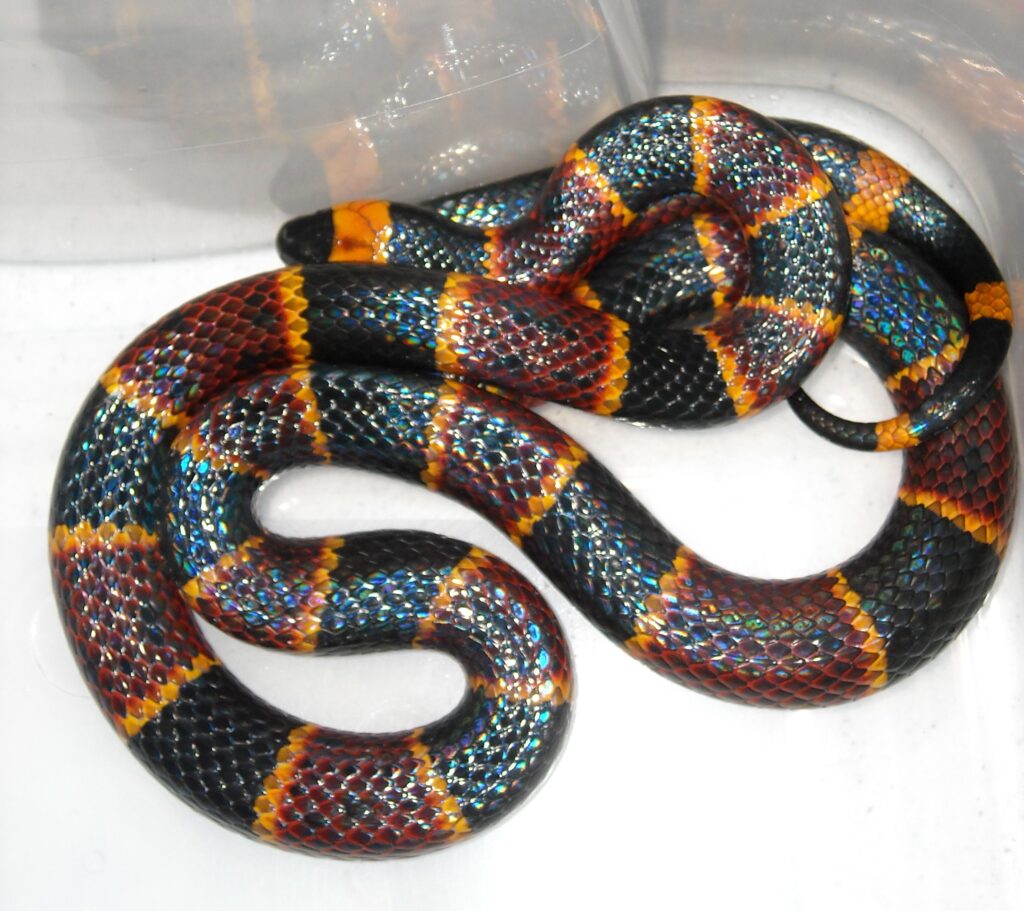
If you suspect your snake is suffering from nutritional deficiencies, proper diagnosis is essential before treatment begins. A thorough veterinary examination by an experienced reptile veterinarian should include a detailed history of diet, husbandry practices, and symptom progression. Blood tests can reveal abnormal calcium: phosphorus ratios, vitamin levels, and protein markers that indicate specific deficiencies. Radiographs (X-rays) may be necessary to assess bone density and identify subtle deformities in the skeletal structure before they become visibly apparent. For breeding females, ultrasound examination can reveal egg development issues related to nutritional status. Advanced diagnostic techniques like endoscopy might be recommended in complex cases to visualize internal organs and obtain tissue samples for more definitive diagnosis of nutritional impacts.
Treatment and Dietary Corrections
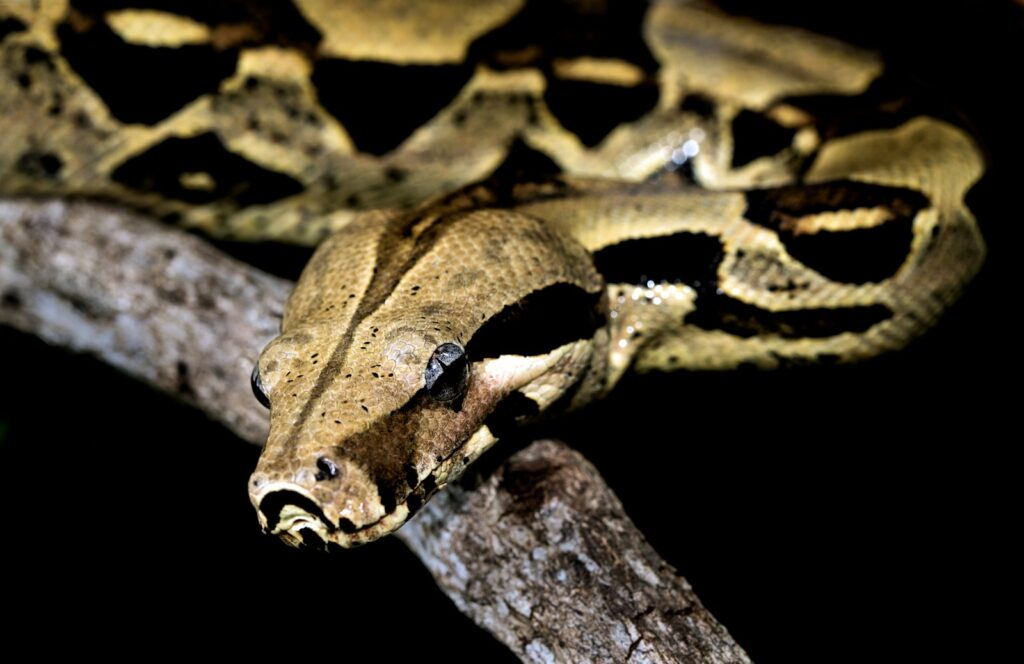
Addressing nutritional deficiencies requires a multi-faceted approach tailored to the specific problem identified. Immediate interventions often include injectable or oral supplements administered under veterinary supervision to quickly address critical deficiencies. The core solution involves correcting the underlying diet by ensuring appropriate prey items of suitable size and nutritional content for your specific snake species. Many experts recommend prey item variation even for specialist feeders, such as offering different rodent species or age classes to provide a more complete nutritional profile. For severe cases, assisted feeding or nutritional support might be necessary until the snake recovers enough to feed normally. Remember that too-rapid correction of some deficiencies (particularly calcium) can cause additional health problems, so veterinary guidance is essential during the recovery process.
Prevention Strategies

Preventing nutritional deficiencies is significantly easier than treating them, making proactive husbandry essential for snake health. Research your specific species’ dietary requirements thoroughly, understanding that natural feeding patterns often provide important clues about optimal nutrition. Consider implementing prey rotation by offering different food sources appropriate for your species, for example, varying between mice, rats, chicks, or other suitable prey items, depending on your snake’s natural diet. Proper supplementation may be necessary for captive-bred prey items, which often have lower nutritional value than their wild counterparts. Regular weight monitoring using an appropriate scale helps identify subtle changes before visible symptoms appear. Perhaps most importantly, establish a relationship with a reptile-experienced veterinarian for regular wellness checks that can catch nutritional issues early through professional assessment.
Nutritional deficiencies in snakes represent a significant but often preventable health challenge for captive specimens. By familiarizing yourself with the various signs—from physical changes and shedding issues to behavioral shifts and reproductive problems—you can identify potential issues before they become life-threatening. Remember that symptoms often overlap and may indicate different deficiencies depending on your snake’s species, age, and overall health status. When in doubt, consult with a veterinarian experienced in reptile medicine rather than attempting to diagnose and treat complex nutritional problems independently. With proper knowledge, observation skills, and prompt intervention, you can ensure your snake maintains optimal nutritional health throughout its life.

